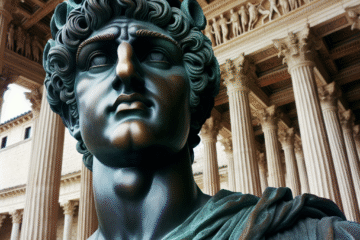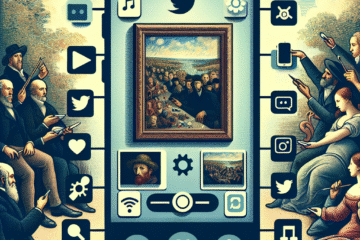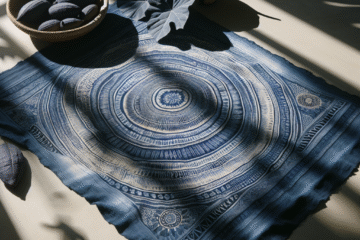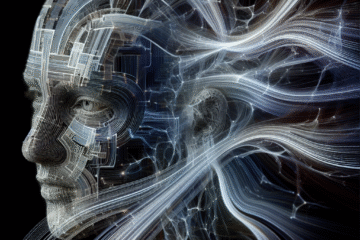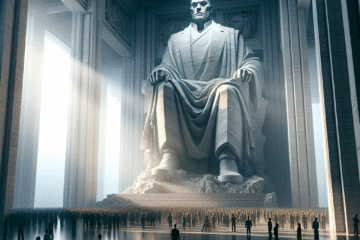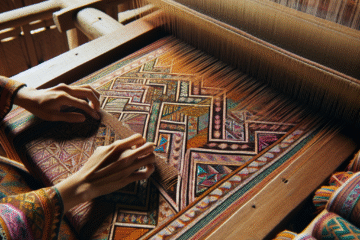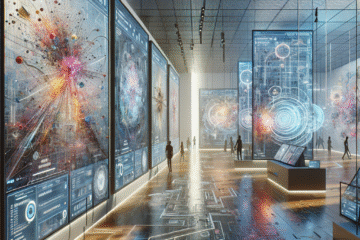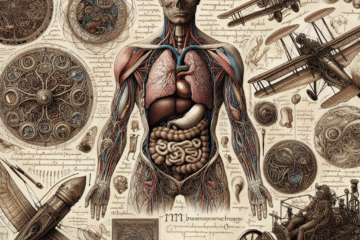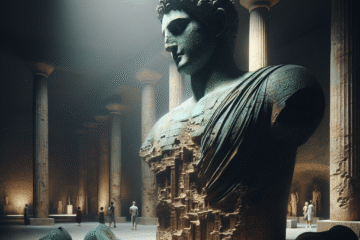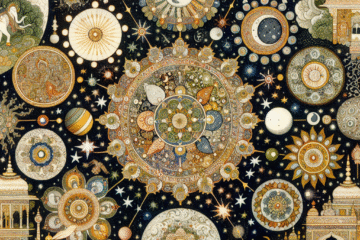Laughter in Bronze: Satire and Humor in Classical Sculpture
Image title: Bronze figure of a boy in Eastern dress Medium: Bronze Date: mid-late 1st century BCE Source: The Met Collection “ In the sweetness of friendship let there be laughter and sharing of pleasures. For in the dew of little things the heart finds its morning and is refreshed. ” — Kahlil Gibran Laughter in Bronze: Satire and Humor in Classical Sculpture Introduction: The Hidden Smirk of Antiquity When we think of Read more…
